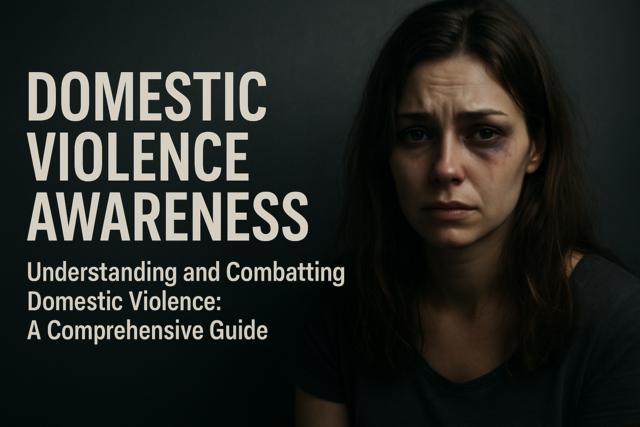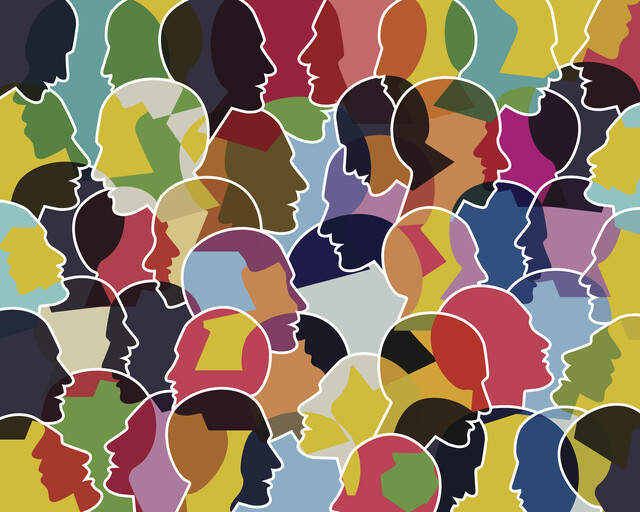This article will look at the different aspects that go into sexual harassment in the workplace and help foster instances. These include the opportunities and motivations that guide aggressors' actions, as well as those that inhibit preventative measures and action from taking place against them. Also included will be certain circumstances that can help make sexual harassment possible within a workplace, regardless of who works there.
Are Some People More Predisposed to Being Targets of Harassment?
It seems like there are certain demographics and groups that experience sexual harassment more than others. This is a result of a combination of social beliefs like myths, stereotypes, etc. and formal observations. Women are included in this, certainly, but also workers in certain industries, socio-economic statuses, and workplace hierarchy placements. In some cases, it may simply be a result of conflict within a particular environment and who happens to have the disadvantage in the situation, which then causes them to be targeted.
Women become frequent targets in these super aggressive, male-dominated environments simply because they are "other" and that is seen as a threat to the status quo. Social beliefs regarding gender add to the mix and justifies this treatment. Psychologically speaking, workplaces that have frequent instances of sexual harassment exhibit what is known as "The Dark Triad." This a combination of the following three personality traits that worsen conditions further and aid harassment practices.
Psychopathy -- Psychopaths also lack empathy but they also have a high sense of dominance over others and are horribly impulsive. Those who exhibit psychopathic tendencies tend to be master manipulators who can trick their targets into behaving or responding the way they, the harasser-psychopath, want.
Machiavellianism -- Named for Niccolo Machiavelli, an Italian politician from the Renaissance era, was a master manipulator in his own right. Those with this trait are willing to do whatever is necessary to achieve their goals, regardless of social morals, rules, or philosophy.
Hostile Working Environment
Hostile working environments are considered to be another type of workplace harassment but they can occur alongside different forms of harassment and discrimination. It is defined as behavior that causes intentional discomfort like harassment impacts the atmosphere of the workplace and turns it into a hostile environment. This usually means that things have gone beyond co-workers not getting along or general animosity but outright intimidation, abuse, and general hostility on a large scale. You can't say that your workplace is a hostile environment just because you are unhappy with your job. It needs to be more than that. When a workplace develops a hostile environment, it's quite possible that harassing conduct has even become normalized or accepted as an everyday occurrence. When combined with other components discussed in this lesson, a hostile working environment can not only make it easy for sexual harassment to occur, but also make it harder to identify individual instances and apply solutions to the workplace.
Workplaces that are categorized as hostile can often be places where there are high levels of stress, which can cause people to generally behave in a less than polite way. Simple rudeness in the workplace, which is a common precursor for hostile working environments, has gone up, with a Harvard study done over the course of 14 years discovering that 98% of those surveyed experienced rude behavior, with half experiencing it on a weekly basis as of 2011. Left unchecked, this rudeness could escalate toward bullying and general hostility among staff members.
Those who have not experienced a hostile working environment may not know what it looks like nor understand how it could impact the development of sexual harassment in a workplace where it is present. Hostile workplaces can be identified by the responses toward the aggressive behavior and conduct rather than the actions that prompted the responses and a normalization of negative behavior. This can include discrimination and general harassment and also aggression, mistreatment, and abuses of power. The latter may be the most notable, as hostile working environments often develop through the influence of management. If there is a problem with those in a position of power, their management practices are likely to be affected regardless of their awareness. Harassment coming from employers and business owners, as well as senior management in particular can be both a source and a marker of a hostile work environment. Unfortunately, most employers or supervisors are going to be unlikely to admit that they are being hostile toward employees or that they were aware of any hostile or harassing conduct within the business. Their response and treatment, possibly even their encouragement of harassing behavior may be the biggest identifying marker of them all in a hostile environment. Any response from an employer or senior employee should be measured based on how a reasonable person or how anyone in general would respond to such information. For example, downplaying or brushing things off as a non-issue despite being informed of the circumstances should be treated as a red flag for a hostile working environment.
Rape Culture and its Impact
Rape culture is a term used to describe the normalization of sexual violence within society. It's often used to explain why there is a trend of victim blaming when it comes to sexual harassment and assault, particularly when women are the victims and the attackers are male. As a concept, it suggests that any kind of sexual violence or harassment is to be expected and even condoned as an ingrained part of society. Many myths about sexual harassment and those affected by it are generated through rape culture and the misinformation it produces. For example, rape culture is what prompts many to believe that women only come out publicly about being sexually assaulted or harassed are lying in order to get fame and money. Likewise, the belief is that sexual harassment and assault can only occur with a male attacker and a female victim, and typically, one who somehow did something to deserve the attack.
Drive: Power Over Lust
Many people believe that the most common motivation behind instances of sexual harassment and related offenses is sex or sexual desire. While sex does play a role in some cases, it is not the primary motivation overall. According to experts who have researched sexual harassment in all forms, the primary motivator behind many instances is power. This can be the power to control, the power to instill fear, the power to ruin a person's life or career, etc. The inclusion of sex is just another means of exerting that power since many people are generally uncomfortable when it comes to sex as a topic in public settings. Plus maybe sexual gratification or pleasure is an extra byproduct of the harassment that the harassers enjoy and might actively seek out.
The idea that sexual harassment is motivated by power rather than desire isn't just applicable to men, who society see as being more sexual than women. Female aggressors of sexual harassment have been shown to act based on the amount of power they hold over their victims. Some experts state that loneliness is also a factor in some cases, but there are not enough reported instances of sexual harassment with a female perpetrator to clearly determine how much of an impact that plays. However, factors, such as the victim's age and the hierarchical relationship between victim and aggressor, still places power as a major motivator with female offenders.
As mentioned, many workplaces that have a hierarchical structure are prone to instances of sexual harassment. This is due to power and the influence it can have on sexual harassment aggressors. In one study, persons who hold power in a workplace and have a strong interest in casual sex regularly expect that those below them in the hierarchy are interested in them sexually. The study also found that the more power the superior had, the less likely they were able to properly identify actual romantic or sexual interest in them among their subordinates and others. This then prompts sexual harassment as a by-product of abuse of their power with it being directed at the subordinates who seem the most "interested" in the harasser. The circumstances of this power-motivated sexual harassment can be of a higher severity when the harasser suddenly gains power after having little or none previously, being on a power trip. But this was shown to be more common in men than women.
Severe forms of sexual harassment, such as instances of sexual violence and rape, tend to show power as a motivator very clearly. During such instances, it is the perpetrator that holds all of the power--mental, physical, and emotional--over their victim. By having power over the victim, aggressors are able to control the situation to their liking. This can extend past the initial attack through post-traumatic stress disorder (PTSD), intimidation tactics to prevent or discourage reporting, victim blaming, and retaliation. Even when sexual harassment does not reach such extreme levels, regarding assault or violence, aggressors can still use threats backed up by their power in the workplace through hierarchy to hold control over the situation or their victim's ability to resist.






























